Scandinavian design, known for its simplicity, functionality, and beauty, has remarkably stood the test of time. Particularly, Scandinavian chairs have garnered global appreciation, significantly imprinting onto the world of interior design. Hailing from nations like Sweden, Denmark, and Norway, these chairs demonstrate the profound ethos – ‘beauty in simplicity’ – echoing through Scandinavian culture.
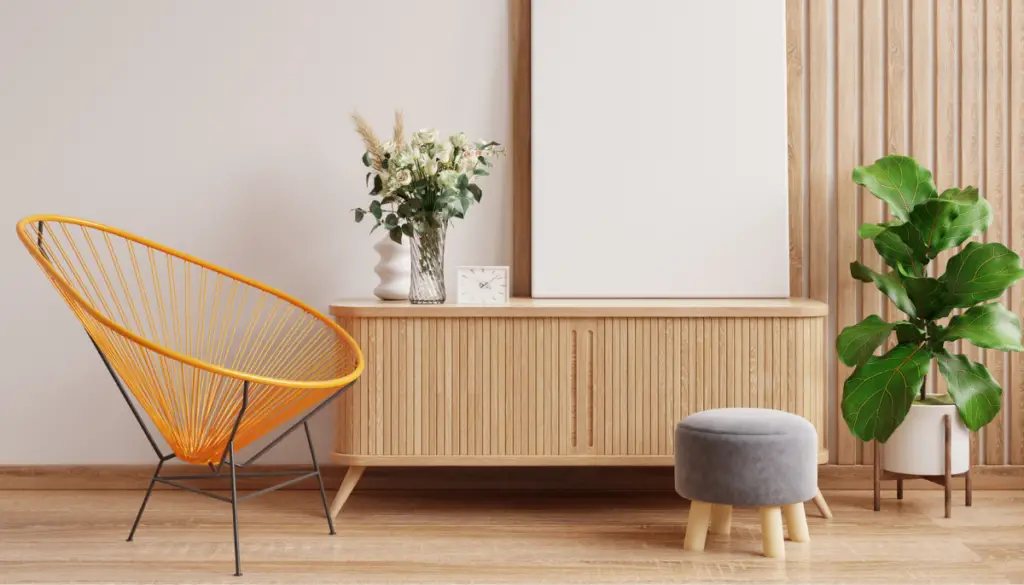
As we delve into the history of these iconic pieces, we unravel the circumstances that shaped their genesis, their distinguishing features that challenge the ornamental norms, and the world-renowned designers whose visionary creations continue to influence contemporary aesthetics. Additionally, for aspiring owners, we impart some practical tips to ensure a worthwhile acquisition of these functional art pieces.
History of Scandinavian Chairs
Scandinavian Chair Design
Scandinavian chair design originated in the mid-20th century, arising from prevailing social, economic, and political circumstances. Scandinavia, which encompasses the Nordic countries of Norway, Sweden, and Denmark, underwent significant societal changes after World War II. With a drive towards improved living standards, there was an increased focus on offering affordable, high-quality furnishings to the public. This led to the rise of functional and streamline designs that balanced aesthetics, functionality, and price, a characteristic that embodies Scandinavian chairs.

The Philosophy of Scandinavian Style
Renowned for their simplicity, functionality, and minimalism, the Scandinavian style epitomizes the philosophy of “democratic design.” This ensures that well-designed, durable, and beautiful furniture is accessible to the public at large, not just the elite. Scandinavian chairs stand as a testament of this design philosophy, distinguishing themselves with their clean lines, careful craftsmanship, and usage of warm, organic materials such as wood.

Prominent Designers
Prominent designers have significantly contributed to shaping the history of Scandinavian chairs. Among them, Danish designer Hans Wegner is a notable figure. Known as ‘the master of the chair,’ Wegner introduced a variety of designs, the most famous being the ‘Wishbone Chair’ and the ‘Round Chair.’ His designs remain emblematic of Scandinavian chair style, reflecting a clear understanding of wood characteristics and emphasizing organic forms, simplicity, and functionality.
Influence of Arne Jacobsen
Similarly, Arne Jacobsen, another noteworthy Danish designer, had an immense influence on Scandinavian chair design. His iconic ‘Egg Chair’ and ‘Swan Chair’ became symbols of Danish mid-century modernism. Jacobsen’s approach to design embodied a mix of organic form, minimalism, and functionality, elements which continue to influence contemporary Scandinavian furniture design.
Evolution and Sustainability
Over time, Scandinavian chair design has evolved while remaining true to its roots. Today, modern reinterpretations of classic designs can be seen across the globe. As sustainability has become a contemporary concern, present-day Scandinavian design incorporates eco-friendly materials and sustainable manufacturing processes. The chairs continue to reflect the Scandinavian principles of simplicity and function, embracing a timeless aesthetic that transcends fleeting fashion trends.
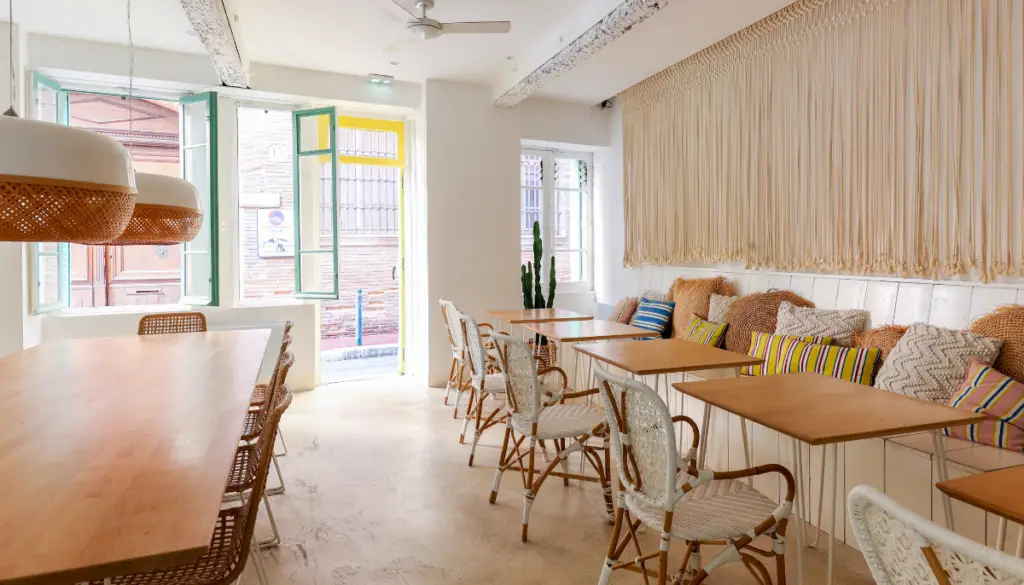
Enduring Appeal
Scandinavian chair design, while constantly evolving, maintains its distinct legacy left by early designers. The primary principles of minimalism, functionality, and accessibility embedded in the design continue to influence current-day creators. This adherence to the original values sustains the chair’s popularity with modern customers. Original designs by iconic Scandinavian designers like Wegner and Jacobsen, for example, continue to be displayed in museums, galleries, and homes worldwide, a testament to their timeless appeal.
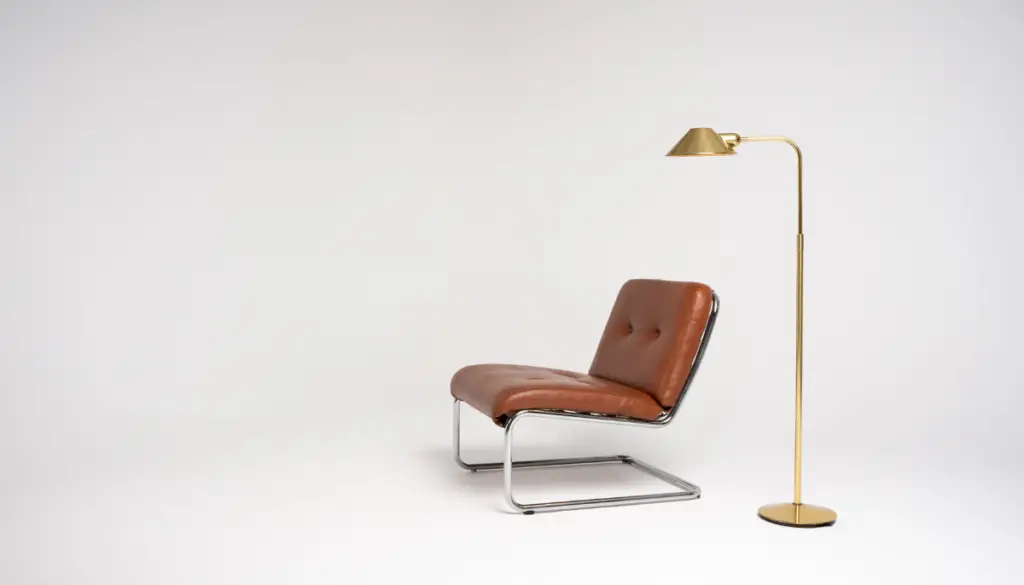
Photo by Malinowska from baseimage
Key Features of Scandinavian Chairs
The Elements of Scandinavian Chair Design
Scandinavian chairs typically incorporate materials that reflect a strong connection to nature, reflecting the Nordic commitment to simplicity and harmony with the natural world. Light woods such as pine, oak, or beech are frequented in construction to give the chairs a natural, light ambiance. Upholstery then features leather or wool, providing texture, comfort, and warmth to the user. The careful selection of these materials not only enhances the comfort level but also complements the minimalist design philosophy intrinsic to Scandinavian chairs.
Minimalistic Aesthetic
In line with the post-war design movements of the 20th century, Scandinavian chairs are appreciated for their minimalist aesthetic. This approach places an emphasis on essentials and eliminates unnecessary elements. The minimalistic design is not only about the appearance of the chair but also its functionality. Scandinavian designs often serve more than one purpose, such as a chair that also offers storage space, embodying the ‘form follows function’ principle.
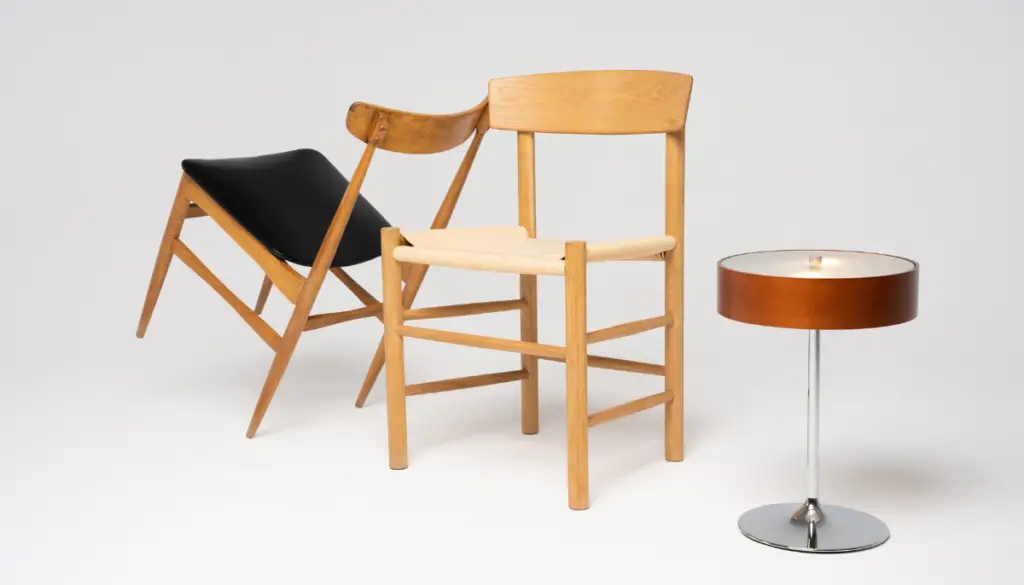
Functionality of Scandinavian Chairs
The functionality of Scandinavian chairs cannot be overlooked. Designers focus on the purpose the chair will serve rather than purely on aesthetical appeal. As a result, Scandinavian chairs often boast ergonomic designs that provide comfort and support for prolonged periods. This reflects the Scandinavian culture’s emphasis on creating a comfortable and inviting living environment.
Color Schemes
Scandinavian chairs typically adhere to a muted color palette, following the philosophical approach of connecting the indoors with the natural environment. Expect to see cool blues, serene greens, and neutrals such as white, grey, and brown that mirror the Nordic landscape. Occasionally, a pop of color is introduced to add character and charm to the chair, but the overall design remains simple and harmonious.

The Importance of Characteristic Features
Scandinavian chairs bear distinctive features that mirror the Nordic lifestyle, which emphasizes comfort, practicality, and an appreciation for the natural world. While these designs may appear simple, they are by no means a concession on style or comfort. Rather, they result in timeless pieces that maintain their allure regardless of changing design trends. The combination of style, comfort, and functionality in each Scandinavian chair underscores the enduring charm of minimalist design.
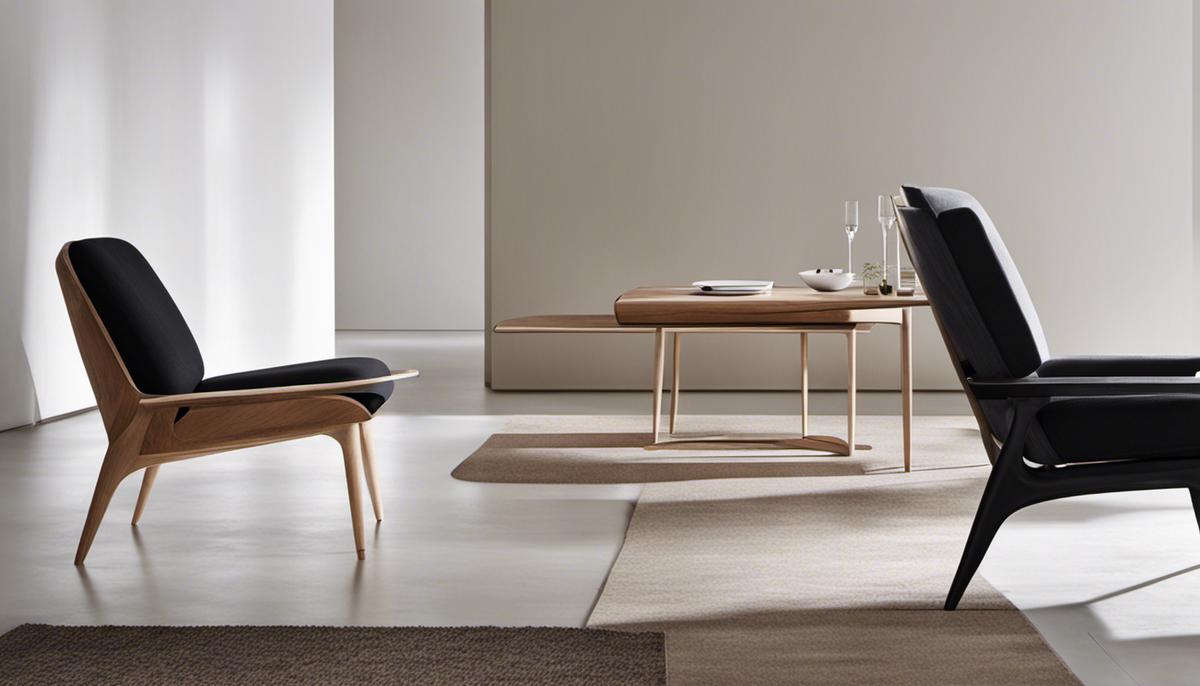
Influence and Impact of Scandinavian Chairs
The Legacy and Influence of Scandinavian Chairs
Scandinavian design brings minimalism, simplicity, and functionality to the forefront, leaving an indelible impact on the aesthetic of domestic spaces around the world. This influence is particularly evident in the iconic chair designs that originated in this region. Consider the renowned mid-century examples like Arne Jacobsen’s Egg Chair or Eero Saarinen’s Tulip Chair, they embody the aesthetic and functional principles of Scandinavian design. These chairs were groundbreaking, reshaping the global conversations around comfort, ergonomics, and aesthetics surrounding furniture, and consequently disrupted the global furniture industry.
Scandinavian Chairs and Modern Design
In various interior design styles today, Scandinavian design continues to be a significant influence. The iconic chairs, with their clear lines, high-quality materials, and sublime craftsmanship, are still very popular and sought after. Their timeless appeal lies in their simplicity and subtlety, allowing them to blend seamlessly with different design styles, from mid-century modern to contemporary minimalism.

Impact on the Furniture Industry
The Scandinavian influences spread well beyond home decor and impacted the furniture industry as a whole. From mass-produced budget furniture to high-end designer pieces, the unpretentious sophistication of Scandinavian chair designs redefined the way designers and makers approached furniture. The emphasis on durability, comfort, and simplicity challenged the industry’s traditional focus on ornamental design and made way for a more user-centric approach.
Many furniture companies today, both within and outside Scandinavia, have incorporated these design principles into their practices. The global furniture giant IKEA, for example, with its core values of functionality, affordability, and design superiority, clearly reflects these influences.
Scandinavian Chairs in Various Interior Design Styles
Scandinavian chairs, due to their adaptive and versatile design, merge well with many interior design styles. For example, the clean lines and natural materials of Scandinavian chairs fit perfectly within the earthy, relaxed aesthetics of Bohemian interiors. Similarly, their simplicity and functionality make them an excellent addition to modern minimalist interiors. In traditional or classical interiors, these pieces can add an unexpected, yet subtle, contemporary flair. With countless iconic designs, from Hans Wegner’s Wishbone Chair to Alvar Aalto’s Paimio Chair, Scandinavian chairs have proven their lasting relevance in shaping and enhancing various interior styles worldwide.
Scandinavian chair designs have made a significant impact and left an undeniable influence on interior design all over the world and the international furniture industry at large. The enduring appeal these chairs boast can be traced back to their refreshingly simple aesthetic, meticulous craftsmanship, and focus on the ultimate comfort and practicality for the user.
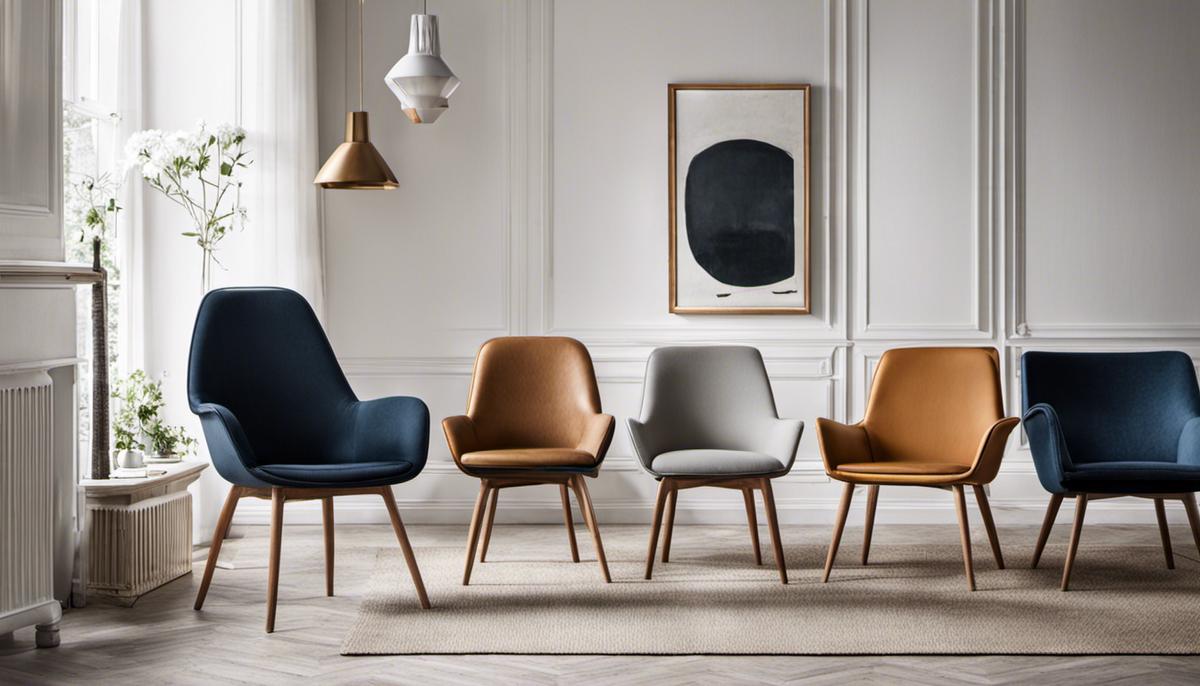
Buying Tips for Scandinavian Chairs
Finding and Purchasing Scandinavian Chairs
For those who are particularly drawn to Scandinavian chairs, finding a reliable source for these items can sometimes prove challenging, but far from impossible. Various online marketplaces, such as Ikea, proudly showcase an impressive variety of furniture inspired by Scandinavian design. Other reputable online stores, like Finnish Design Shop and Nordic Nest specialize in Scandinavian designs and offer worldwide shipping, allowing shoppers even more options to choose from. If you prefer to get a physical feel of the furniture before making a purchase, stores and showrooms that specialize in Scandinavian furniture would be your go-to. For those who love the hunt for vintage treasures, thrift shops, antique stores, or online platforms like eBay, might just reveal some truly unique and lovingly aged Scandinavian chairs.
What to Look for in a Scandinavian Chair
When buying a Scandinavian chair, look for simple designs that highlight the material’s natural beauty. It’s a design style renowned for its minimalism, functionality, and use of natural materials. Therefore, the chair should have smooth and clean lines, an emphasis on function and comfort, and use materials like wood, leather, or cotton. The craftsmanship should be top-notch, and while colors are typically neutral, bold color accents can also feature in a more modern variation of design.
How to Care for Scandinavian Chairs
Maintaining Scandinavian chairs is relatively straightforward due to the minimalistic design and robust materials often used. Regular dusting and a yearly application of special wood oil should keep wooden components fresh. For fabric-based upholstery, regular vacuuming and prompt stain cleaning should be adequate. Leather components may need an occasional application of a leather conditioner to keep it looking and feeling its best.

Identifying a Genuine Scandinavian Chair
Identifying a real Scandinavian chair from a mere imitation can be tricky, particularly when sifting through vintage options or online listings. Look for designers’ names or manufacturing brands synonymous with the Scandinavian design, like Hans Wegner, Arne Jacobsen, or the Danish company Fritz Hansen. Authentic pieces will often have a mark, tag, or stamp indicating the designer or manufacturer. Also, quality is a hallmark of Genuine Scandinavian design. Real Scandinavian chairs should demonstrate superior craftsmanship, a feature not usually present in mass-produced knock-offs.
Planning Your Budget
A typical Scandinavian chair, particularly those from renowned designers or manufacturers, can require a substantial financial investment. However, Ikea and other more affordable retailers offer Scandinavian-style chairs at more budget-friendly prices. Remember, purchasing a quality chair can be an investment that lasts for many years, even generations, making it worthwhile in the long run. Assess your budget carefully and understand that the highest prices often correlate with designer names and outstanding craftsmanship.
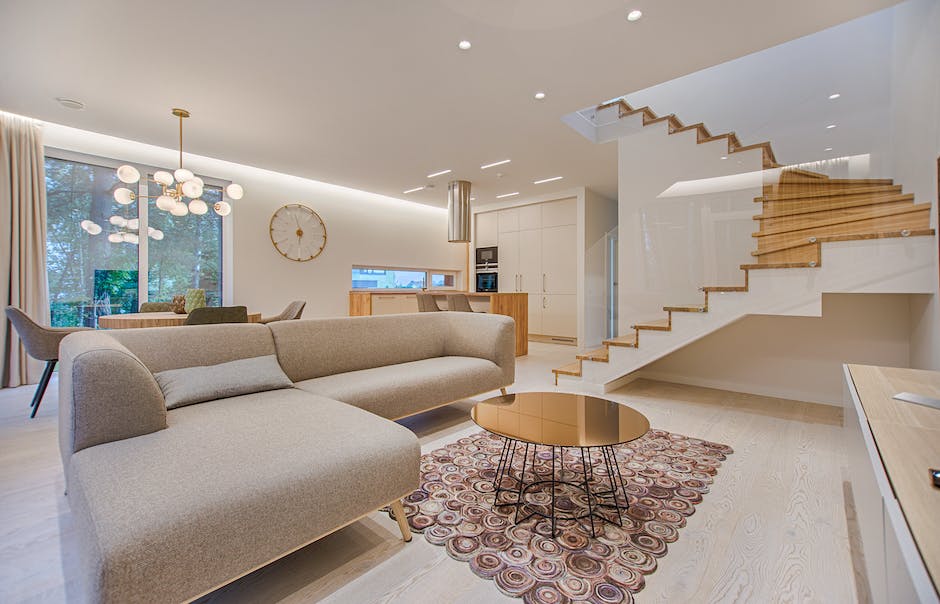
Recognizing the allure of Scandinavian design, particularly its chairs, means appreciating the simplicity, functionality, and an innate connection to nature that they epitomize. It is, in essence, more than just a furniture style – it’s a philosophy that emphasizes comfort and utility. We’ve traversed the history, distinct characteristics, and global influence of these iconic pieces, demonstrating how they’ve become a symbol of timeless interior aesthetics. Furthermore, with the insight provided on buying these pieces, you’re now equipped to make informed decisions, enabling you to relish the essence of Scandinavian charm in your own living spaces for years to come.
DIY Tips To Create the Scandinavian Look for Your Chairs
Scandinavian design is renowned for its simplicity, functionality, and connection to nature. If you’re looking to infuse your chairs with that quintessential Nordic charm without breaking the bank, here are some DIY tips and hacks to guide you:





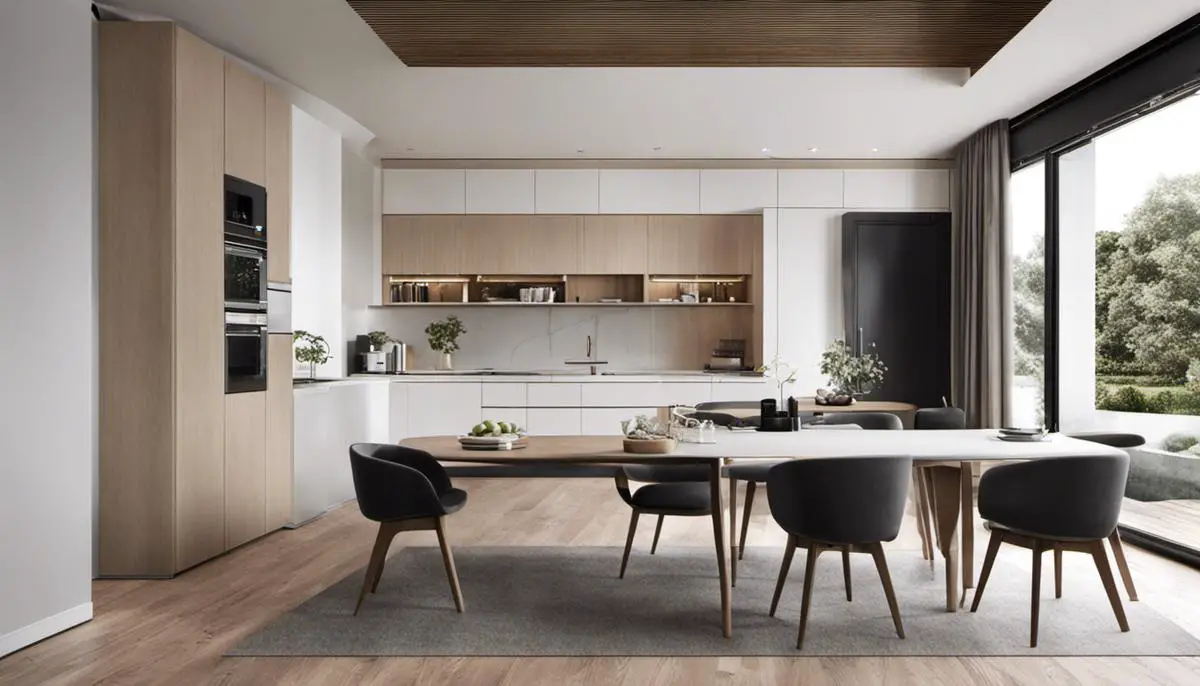
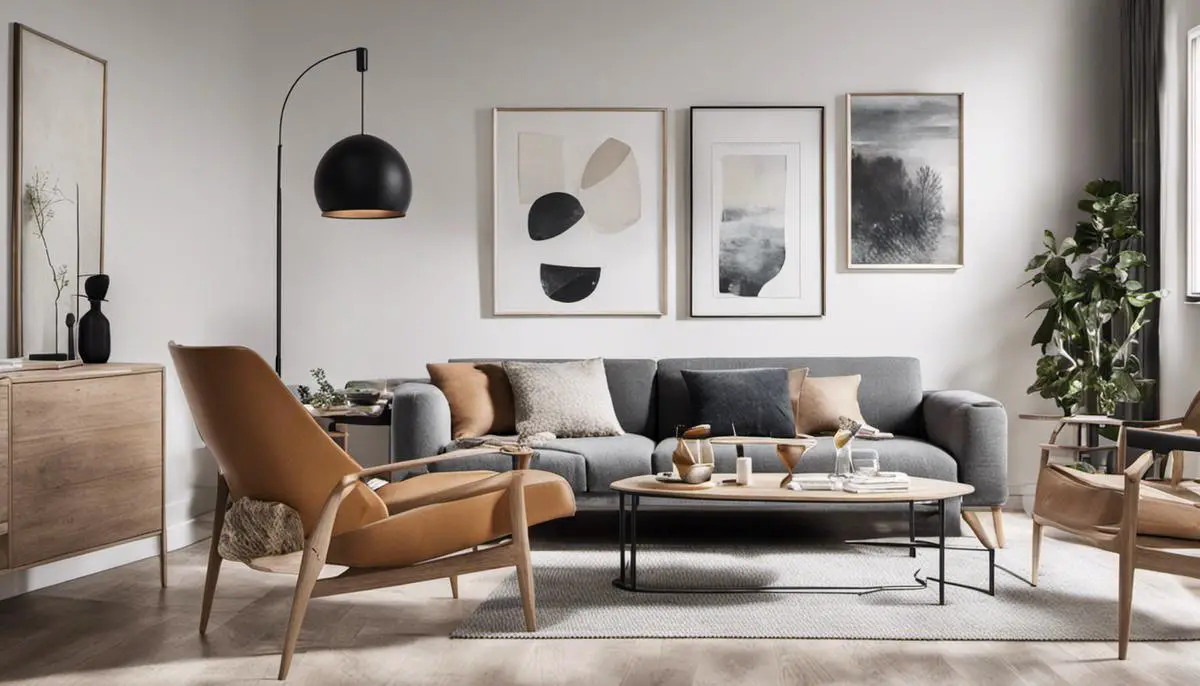

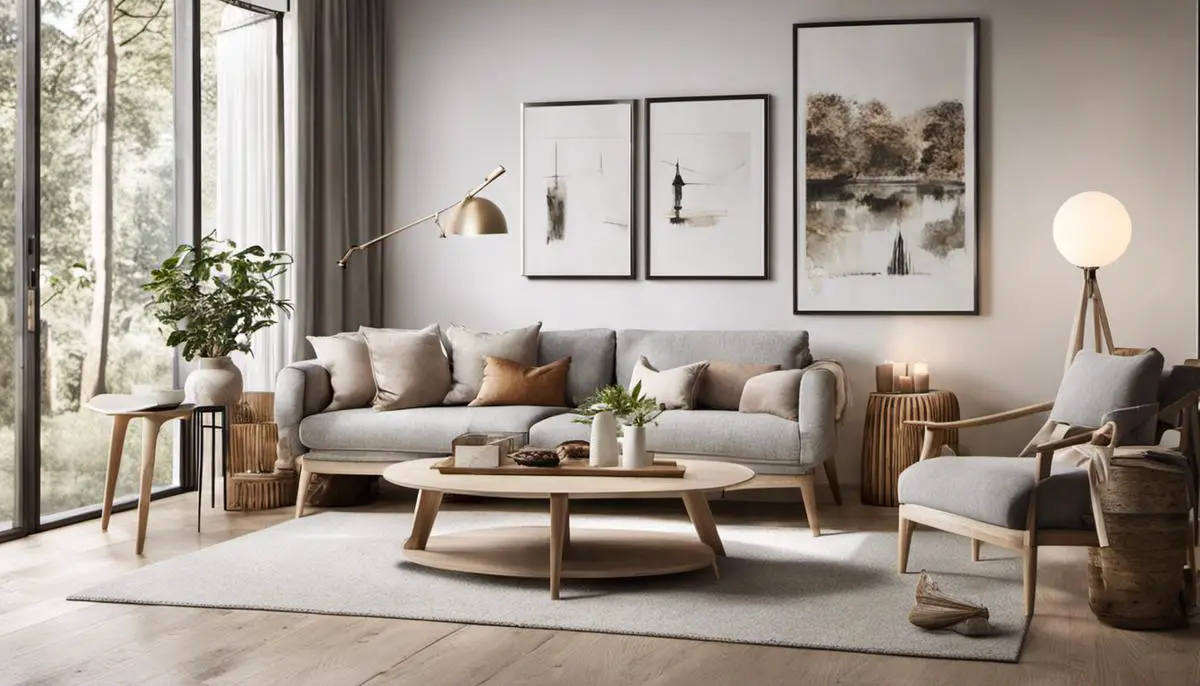
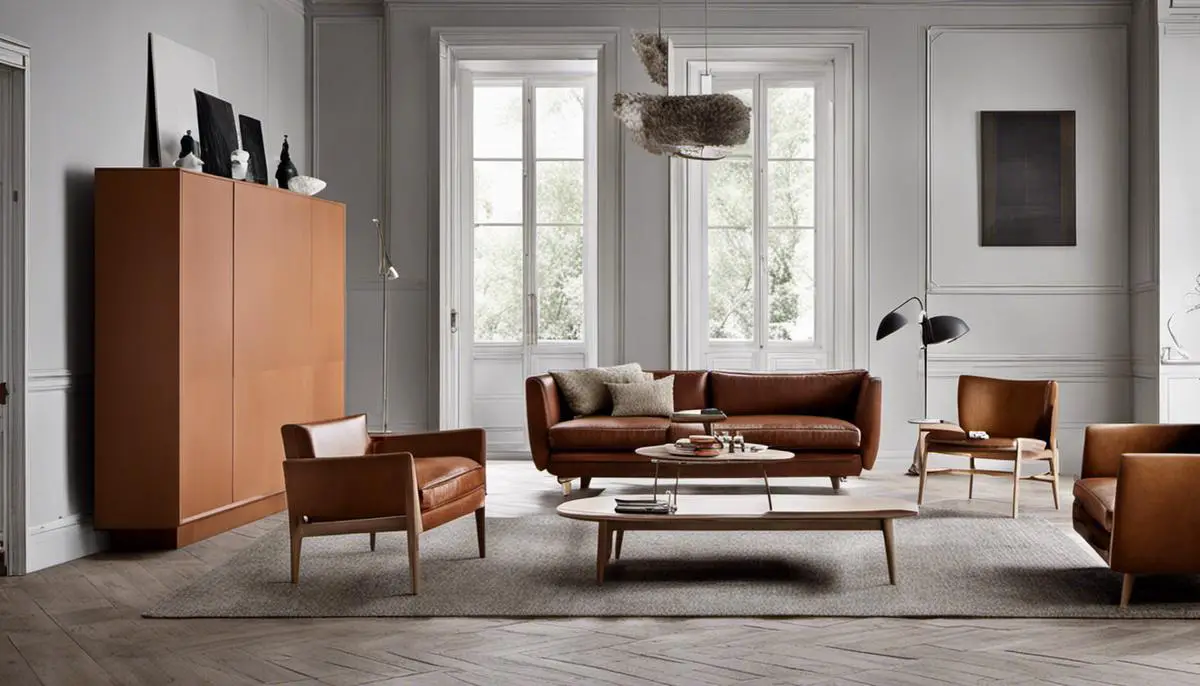

Leave a Reply